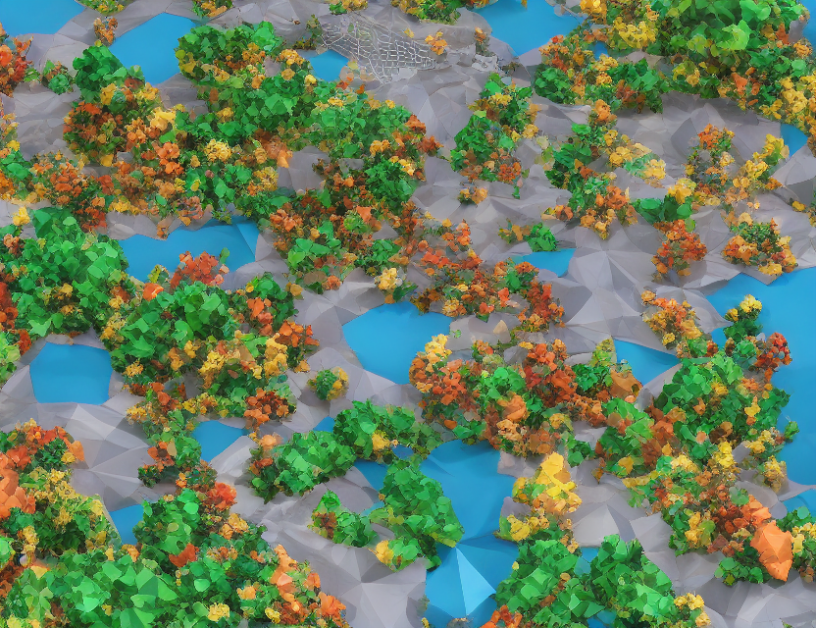Graphs are like complex networks that can represent various types of relationships between objects or entities. Multi-view graph clustering is a technique used to group nodes (or vertices) in a graph based on their similarities, without considering the node labels. In this survey, we will explore different methods for multi-view graph clustering, their strengths, and weaknesses, as well as challenges and future research directions.
Introduction
Imagine you are at a party with multiple rooms, each representing a different type of relationship between people, such as friendship, colleagues, or mutual interests. You want to group the people in each room based on their similarities without considering their labels. That’s where multi-view graph clustering comes in.
Types of Multi-View Graph Clustering
There are two main types of multi-view graph clustering: shallow methods and deep methods. Shallow methods use simple algorithms that consider only the node features and proximity to group nodes together, while deep methods use complex neural networks designed specifically for graph representation learning.
Shallow Methods
Shallow methods attempt to learn good representations via simple algorithms without using neural networks. These methods include O2MAC (Fan et al., 2020) and MAGCN (Cheng et al., 2021), which use Graph Convolutional Networks (GCNs) to cluster multi-relational graphs. CMGEC (Wang et al., 2021b) applies mutual information maximization to capture complementary and consistent information of each view. HAN (Wang et al., 2019) and HDMI (Jing, Park, and Tong, 2021) apply the attention mechanism to fuse different relations.
Deep Methods
Due to the importance of structure in different views, MGCCN (Liu et al., 2022a) introduces a contrastive learning mechanism to capture consistent information between diverse views. However, these methods could be subject to representation collapse.
Challenges and Future Research Directions
Multi-view graph clustering faces several challenges, including dealing with different types of relations, handling missing data, scaling to large graphs, and avoiding overfitting. One future research direction is exploring new algorithms that can handle these challenges while maintaining the quality of the clusterings. Another direction is integrating multi-view graph clustering with other machine learning techniques to improve overall performance.
In conclusion, multi-view graph clustering is a powerful technique for group nodes in a graph based on their similarities without considering node labels. By understanding the different methods available and their strengths and weaknesses, we can apply this technique to various real-world problems, such as social network analysis or recommendation systems.
Computer Science, Machine Learning
Unlocking Clustering Insights with Multi-View Contrastive Graph Filtering



